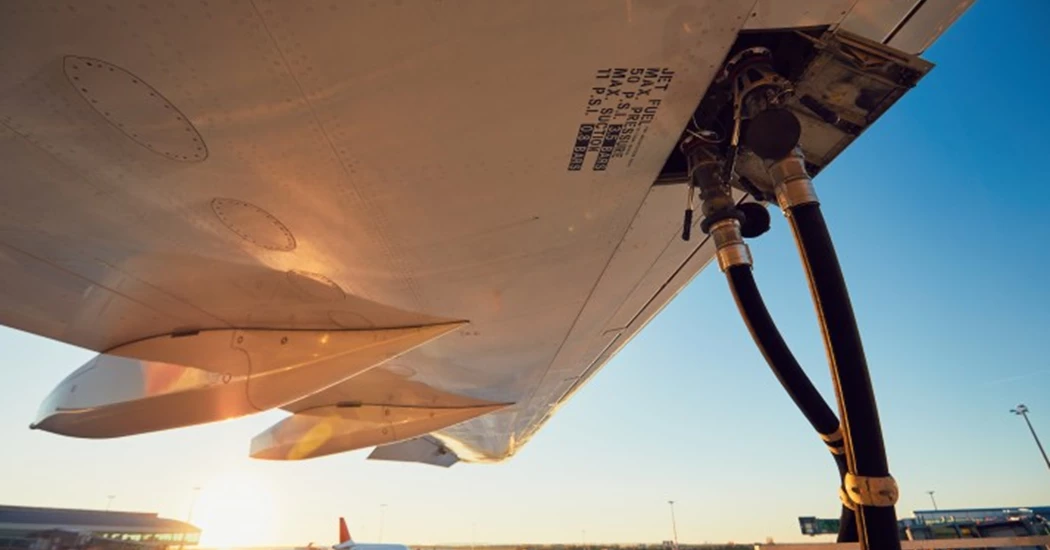IATA confirms tripling of SAF production in 2024
The International Air Transport Association (IATA) announced in its latest report that its projections for a tripling of Sustainable Aviation Fuels (SAF) production in 2024 to 1.9 billion litres (1.5 million tonnes) are on track, which would account for 0.53% of aviation’s fuel need in 2024.
To accelerate SAF use, there are several policy measures that governments could take, the report highlighted.
“SAF will provide about 65% of the mitigation needed for airlines to achieve net zero carbon emissions by 2050. So the expected tripling of SAF production in 2024 from 2023 is encouraging. We still have a long way to go, but the direction of exponential increases is starting to come into focus,” Willie Walsh, IATA’s Director General, said.
Renewable fuel production and SAF
Renewable fuel production is shared by many industries and SAF is a part of renewable fuel production. That is why increasing the production of renewable fuel is key to increasing the potential of SAF.
Some 140 renewable fuel projects with the capability to produce SAF have been announced to be in production by 2030. If all of these proceed to production as announced, total renewable fuel production capacity could reach 51 million tonnes by 2030, with production capacity spread across almost all regions.
Renewable fuel production potential could exceed this estimate as investor interest in SAF grows. With a typical three-to-five-year time lag from planning to production, investment announcements as late as 2027 could be in production by 2030. At the same time, it is also clear that not all announcements reach final investment decisions.
Through the International Civil Aviation Organisation (ICAO), governments set an ambition to achieve a 5% CO2 emissions reduction for international aviation from SAF by 2030. To achieve that ambition, around 27% of all expected renewable fuel production capacity available in 2030 would need to be SAF. Currently, SAF accounts for just 3% of all renewable fuel production.
“The interest in SAF is growing and there is plenty of potential. But the concrete plans that we have seen so far are far from sufficient. Governments have set clear expectations for aviation to achieve a 5% CO2 emissions reduction through SAF by 2030 and to be net zero carbon emissions by 2050. They now need to implement policies to ensure that airlines can actually purchase SAF in the required quantities,” Walsh elaborated.
There are several potential solutions to accelerate aviation’s access to critical SAF quantities.
First, diversifying feedstocks can play a crucial role. Currently, about 80% of SAF expected to be produced over the next five years is likely to come from hydrogenated fatty acids (HEFA), which include used cooking oils, animal fats, and similar sources. By accelerating the use of other certified pathways and feedstocks, such as agricultural and forestry residues and municipal waste, the potential for SAF production can be significantly expanded.
Second, co-processing is another viable solution. Existing refineries can be adapted to co-process up to 5% of approved renewable feedstocks alongside crude oil streams. This approach can be implemented swiftly and can materially increase SAF production. However, for this to be effective, policies must be urgently established to facilitate consistent life-cycle assessments.
Third, providing incentives to improve the output mix at renewable fuel facilities is essential. These facilities are currently designed to maximise diesel production and often benefit from incentives due to the long-standing demand from road transportation. As road transport transitions to electrification, policies should be established to shift production toward the long-term need of air transport for SAF. Incentives targeted at SAF can help facilitate the switch from renewable diesel to SAF, which requires minimal modifications at existing stand-alone renewable fuel facilities.
Lastly, incentives to boost investments in renewable fuel production are crucial. The production of all renewable fuels will need to scale up rapidly, with a growing share allocated to SAF. This will require strong policy support, such as the US Grand Challenge and its $3 billion in supported investments. Additionally, stable, long-term tax credits would further maximise SAF production capabilities in both existing and new facilities.
“Incentives to build more renewable energy facilities, strengthen the feedstock supply chain, and to allocate a greater portion of renewable fuel output to aviation would help decarbonising aviation. Governments can also facilitate technical solutions with accelerated approvals for diverse feedstocks and production methodologies as well as co-processing renewable feedstocks in crude oil plants. No one policy or strategy will get us to the needed levels. But by using a combination of all potential policy measures, producing sufficient quantities of SAF is absolutely possible,” Walsh said.
KEEPING THE ENERGY INDUSTRY CONNECTED
Subscribe to our newsletter and get the best of Energy Connects directly to your inbox each week.
By subscribing, you agree to the processing of your personal data by dmg events as described in the Privacy Policy.















